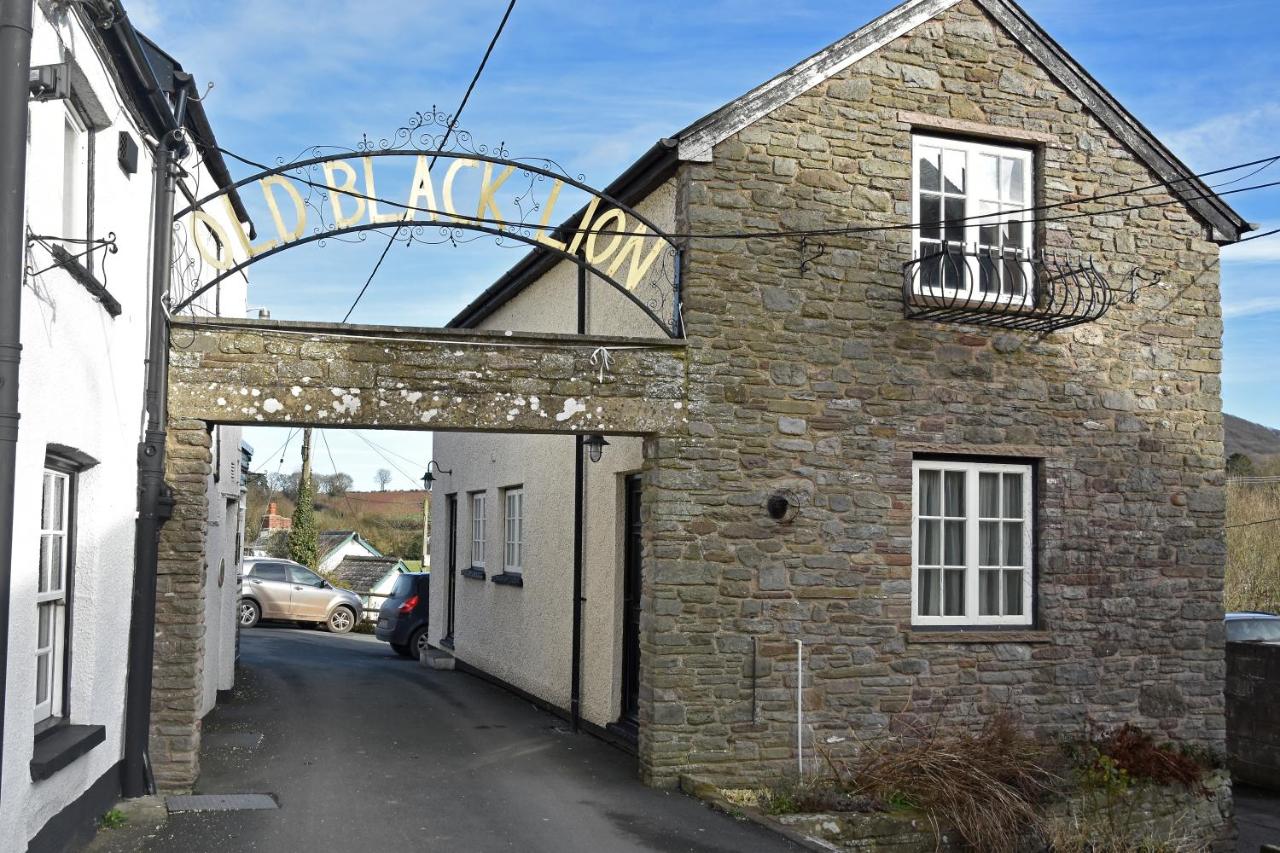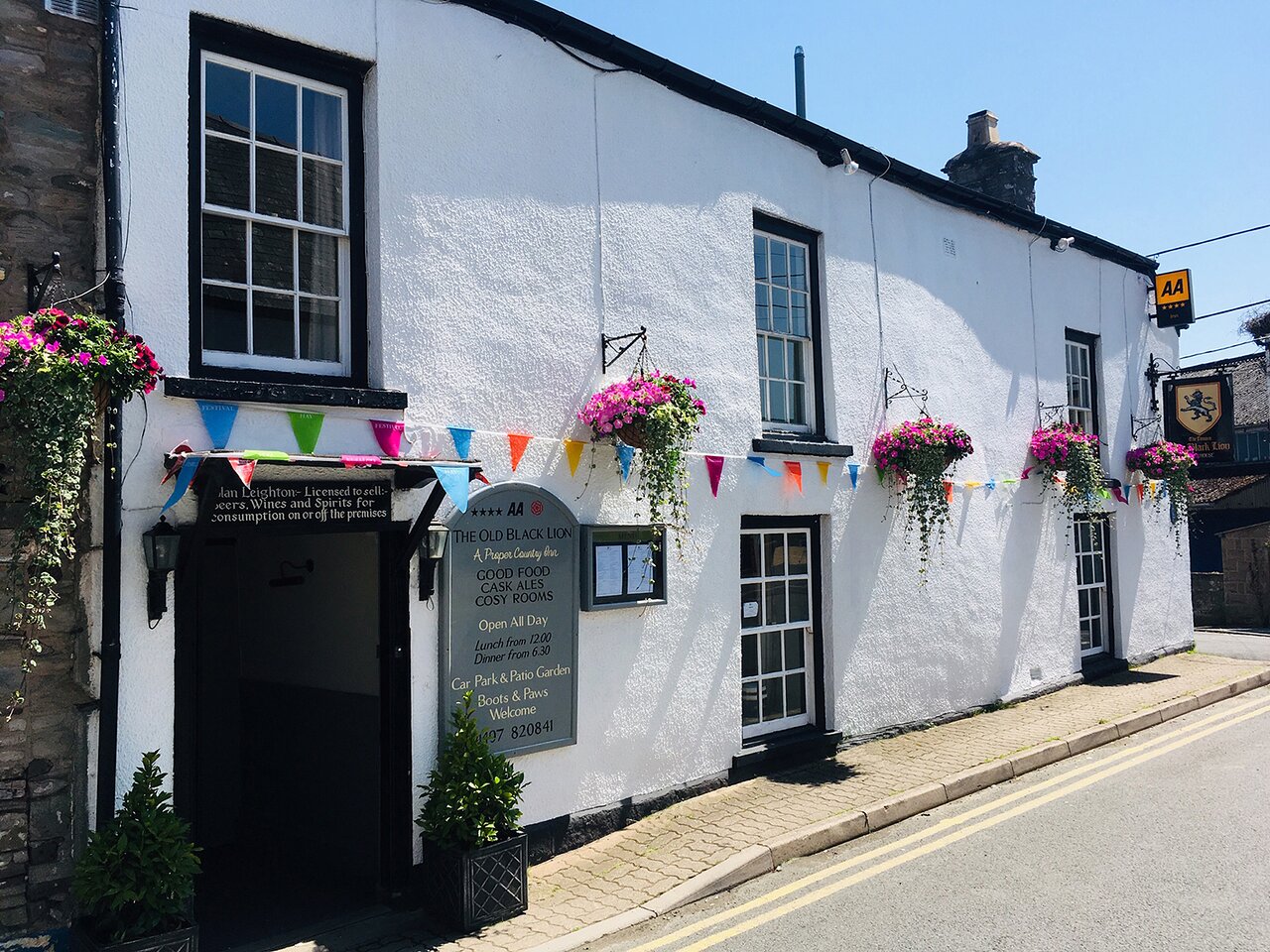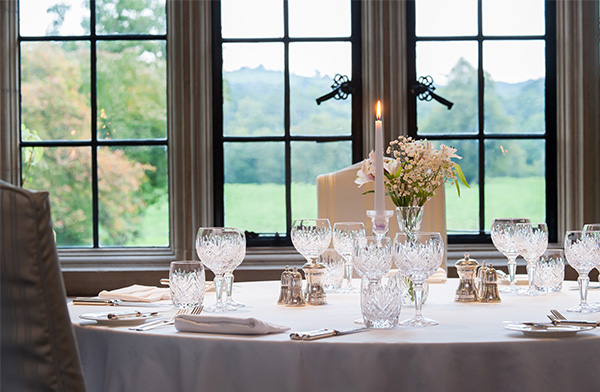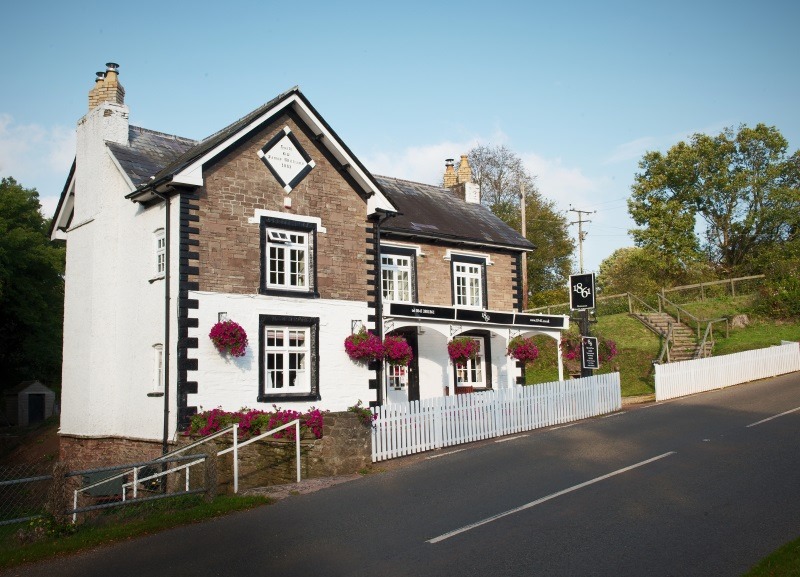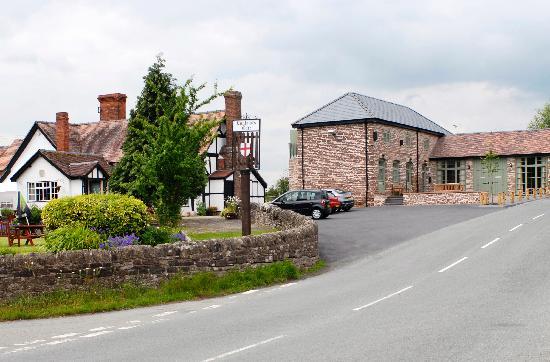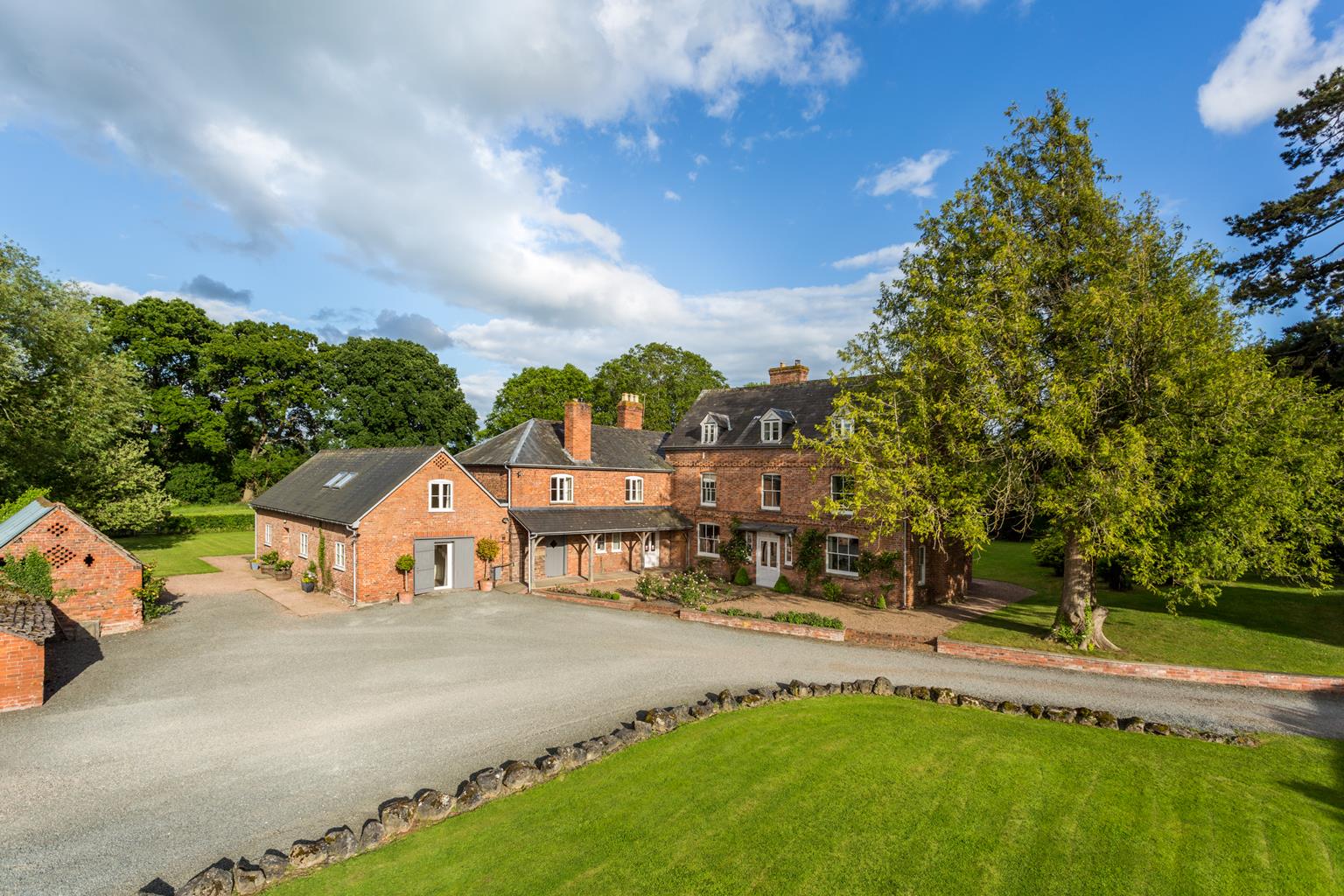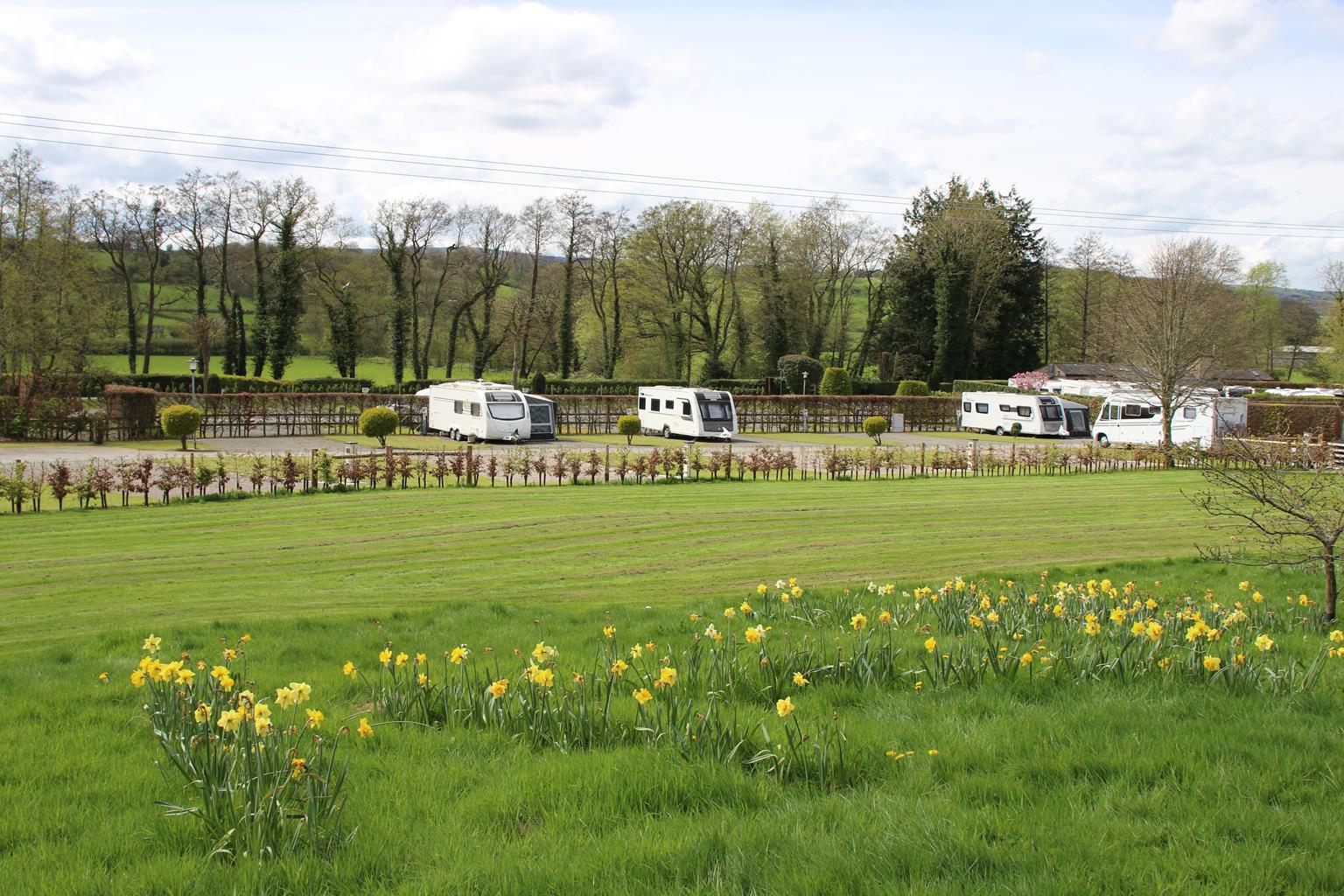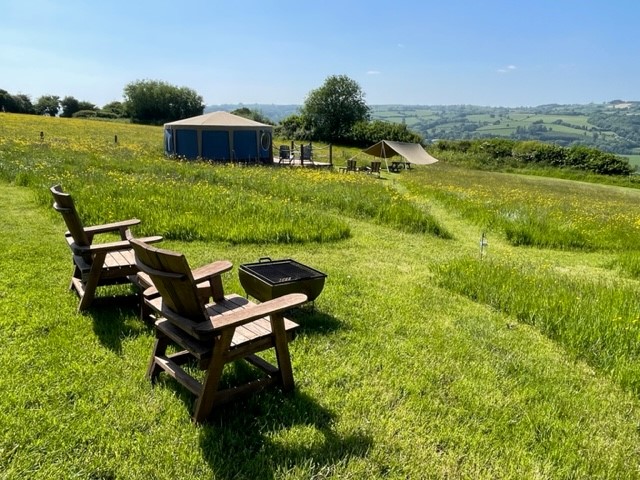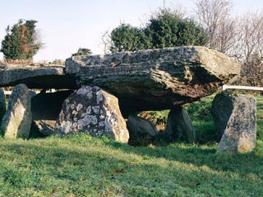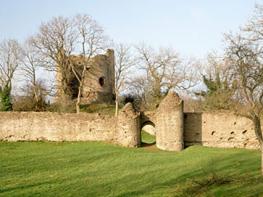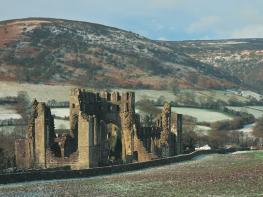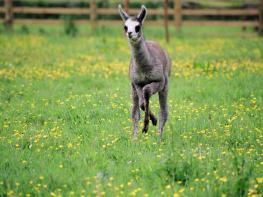Monnington House is an Idyllic farmhouse situated on The Wye Valley Walk. It' 9 large bedrooms…
Exploring the Golden Valley

6.5 miles (10.4kms)
About the walk
Bees are fascinating. One could write a book just on the biology and sociology of bees, and still have much to write. We shall have to content ourselves with a little bit about how Herefordshire has benefited from them. Beekeeping is a combination of science, art and skilled labour, an all-consuming hobby, or occasionally, a way of earning a living.
At one time Golden Valley Apiaries in Peterchurch managed over 540 colonies of bees, although today the number is greatly reduced. A typical year would yield 8.5–10 tonnes of honey – about 20,000 1lb jars – but one exceptionally good year produced over 13 tonnes. Their honey, which has won prizes at the Three Counties Show and the Royal Welsh Show, is largely sold through local shops, with some being sold in bulk to packing companies.
Fruit growing is financially a high-risk venture – apples and pears, but more so the soft fruits such as blackcurrants, raspberries and strawberries – so rather than leave pollination to chance, growers hire colonies of bees. Although almost impossible to measure scientifically, it is generally reckoned that hiring bees during the flowering period can improve the fruit yield by 30–40 per cent compared with merely relying on the local, wild bee population.
Most of Golden Valley Apiaries work is within a 40-mile (64km) radius. Bees are early risers – to deliver bees to a site means getting the hives into a vehicle before first light – otherwise, particularly on warmer mornings, the bees may have taken flight. Typically, the hives are kept on a site for four to six weeks. Bees don’t like the rain but yields of honey are only seriously affected if there is very protracted wet weather. The greatest danger to the flowers they are pollinating is a late frost, but the fruits themselves are also vulnerable to adverse weather such as heavy downpours and freakish hailstorms at picking time.
Any species is susceptible to diseases and viruses, and more than 100 colonies were lost in the Golden Valley when varroasis struck in 1994–95. Across the UK, between winter 2007 and winter 2008, the varroa mite destroyed 30 per cent of our wild bee colonies. Shockingly, perhaps only remote regions of northern Scotland and some UK islands now remain free from the varroa mite. The control of the mites is not an easy process for beekeepers – chemical treatments and biomechanical methods are mostly used. In addition to the varroa mite, there are now three other reportable diseases and pests for beekeepers to be concerned about. Not only that, but the loss of habitat, climate change and the wide use of pesticides, it’s a neverending struggle for our bees.
Walk directions
Walk from the car park to the Pandy Inn and go right beside the green. Turn right again along Chapel Lane, then swing left to the B4348. Mindful of traffic, follow the main road forward to a sharp right bend and junction. Branch left on a rising track to Fayreways Farm. Continue past barns, but as the track curves right through a gate, go on to a stile. Continue uphill on the opposite flank of the hedge and then head straight across the top field to reach Arthur’s Stone.
Cross the lane to a gate and follow the right-hand field-edge. Strike ahead across the middle of a second field, maintaining the same line down more fields to an awkward stile beside a wood. Continue downhill, eventually emerging beside a cottage. Walk forward on a track towards Finestreet Farm, leaving just before the farm through a gate on the right. Follow the fence past the buildings to a hand gate in the corner. Bear left to a stile and head down by the right boundary. As it curves right, bear left past two oaks, one fallen, to a gate in the bottom corner. Strike a right diagonal across a final field, joining a track past a timber-frame house into Bredwardine.
Take the lane opposite, branching right to Bredwardine’s church. Keep left past the church then cross a stile from which a path leads to the old bridge.
Return to Point (3) and take the steep lane right of the pub. Continue 500yds (458m) to a track off to the right.
Continue uphill past a junction to a cottage, Pystil Gwm. Just beyond, go right beside the garden along a rough bridleway up through Finestreet Dingle. Emerging at the far end by a house, go left over a plank and stile. Keep by the left perimeter, skirting a plantation before swinging up beside an old hawthorn to a stile. Accompany the hedge uphill, then, past scrawny pines, angle slightly left. In a final field, follow the left boundary to the lane. Go right, then next left. After 325yds (297m), look for a stile on the left.
Drop to a track and go left to Llan Farm. Leave along its access, but after 200yds (183m), as the right hedge finishes, bear half-right across an open field to a gate partway along the bottom boundary. Cross an old sunken lane and maintain the diagonal line to reach a track, the course of a former railway. Cross again to a playing field, leaving at its far-left corner onto a lane. Opposite right, take a path skirting the churchyard and follow Church Lane back into Dorstone.
Additional information
Minor lanes, good tracks, meadows, couple of short but severe descents over grass, many stiles
A route with many picnic opportunities!
On lead across farmland, but some freedom in woodland
OS Explorer 201 Knighton & Presteigne
Car park opposite The Pandy Inn
Beside village hall, near green
WALKING IN SAFETY
Read our tips to look after yourself and the environment when following this walk.
Find out more
Also in the area
About the area
Discover Herefordshire
Herefordshire is split in two by the River Wye which meanders through the county on its way to the Severn and the sea. Largely rural, with Hereford, Leominster, and Ross-on-Wye the major towns and cities, its countryside and ancient villages are the county’s major asset.
Visitors can take advantage of a number of the trails which will guide them through areas of interest. Those especially interested in historic village life should try the Black and White Village Trail, which takes motorists on a 40-mile drive around timber-framed villages from Leominster to Weobley (established in the 17th century and known as a centre of witchcraft in the 18th), Eardisley (where the church boasts a 12th-century carved font), Kington, Pembridge and others. Other trails include the Mortimer Trail, the Hop Trail and the Hidden Highway, which goes from Ross-on-Wye to Chester. Hereford has a small Norman cathedral, which has a great forest of pink sandstone columns lining the nave. Inside is a chained library, a 13th-century Mappa Mundi (map of the world) and one of only four copies of the 1217 version of the Magna Carta.
Nearby stays
Restaurants and Pubs
Nearby experiences
Recommended things to do
Why choose Rated Trips?
Your trusted guide to rated places across the UK
The best coverage
Discover more than 15,000 professionally rated places to stay, eat and visit from across the UK and Ireland.
Quality assured
Choose a place to stay safe in the knowledge that it has been expertly assessed by trained assessors.
Plan your next trip
Search by location or the type of place you're visiting to find your next ideal holiday experience.
Travel inspiration
Read our articles, city guides and recommended things to do for inspiration. We're here to help you explore the UK.






